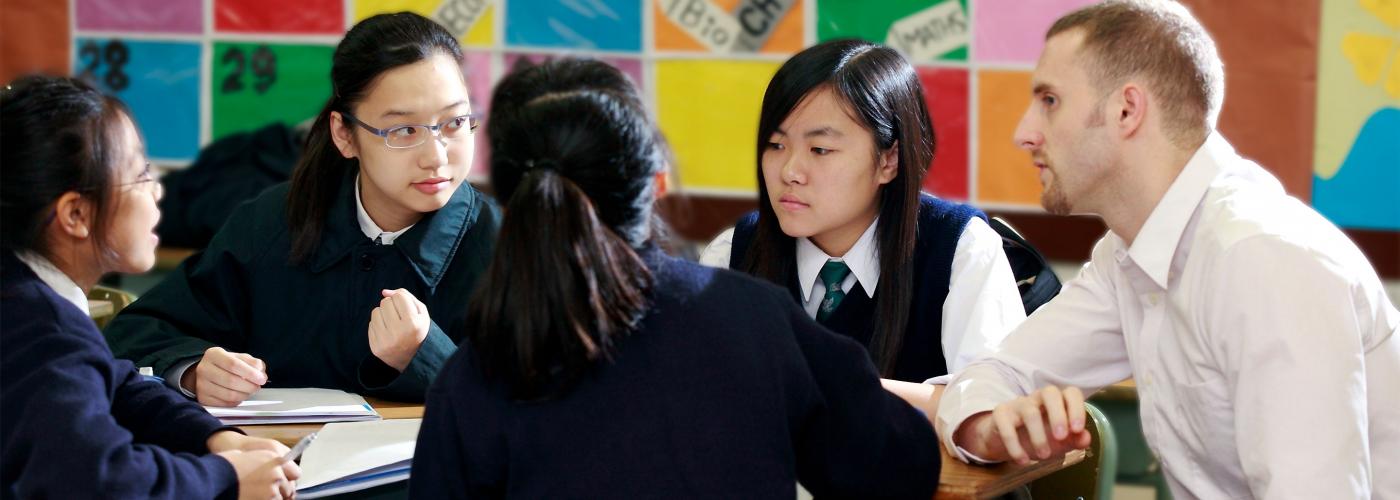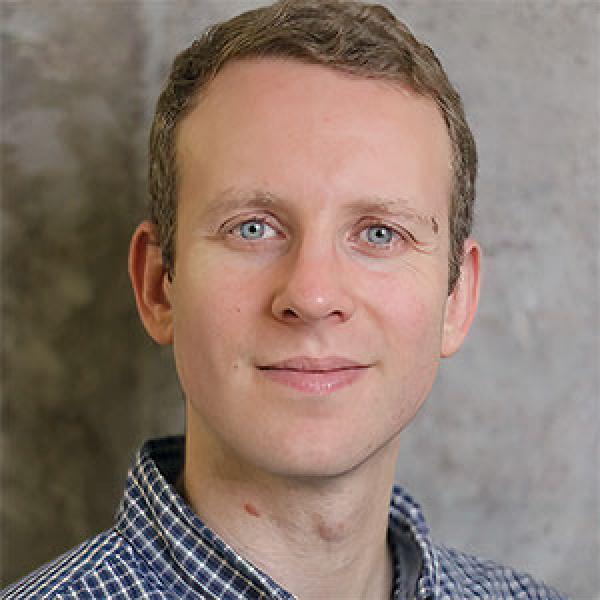28th April 2023
One of the most confusing points for new teachers undertaking initial teacher training courses are the similarities and differences between staging models. In particular, the difference between Donn Byrne’s Present, Practice, Produce (PPP) and Jeremy Harmer’s Engage, Study, Activate (ESA) is something I have often found myself answering questions on. The purpose of this blog is to explore some of the similarities and differences between these two staging models.
Relationship to methodologies
Contrary to what you may see in some teacher training materials, staging models cannot be described as ‘methodologies’. A methodology prescribes a particular type of activity based on a theory of language learning. Communicative Language Teaching, for example, asks a teacher to focus on communicative competence over grammatical accuracy. A staging model, on the other hand, is a tool which helps teachers to plan their lessons according to the purposes of different stages. These purposes and the ways in which they are named are where many of the differences between staging models lie and explaining these differences will form the main content of this blog.
Stages related to motivation
Both ESA and modern iterations of PPP include stages that focus on student motivation. In ESA, this is the ‘engage’ stage. Jeremy Harmer sees this stage as important as it will increase student engagement in the following stages, where students learn and use language items. He gives examples of activities at this stage as ‘games, stimulating pictures, dramatic stories, amusing anecdotes, etc.’ or, alternatively, making ‘predictions or (relating) classroom materials to their own lives.’ Early versions of PPP did not include a similar stage; however, modern iterations include a ‘lead in’ stage which involves activities similar to the ones mentioned by Harmer.
Stages related to language learning
Both staging models have a stage that focuses on clarifying the meaning and form of new language items. There is, however, an implicit difference in the names given to this stage in both models. ESA’s ‘study’ seems to imply a more active role for the student, while PPP’s ‘present’ a more active one for the teacher.
Jeremy Harmer is quite explicit that, in ESA, 'study' could involve a teacher led explanation of the language or a student-centred discovery activity. Due to the influence of structural-situationalism on PPP, the present stage does tend to involve a more active role for the teacher. Structural-situationalism makes use of examples of grammatical structures in different situations to show students how they are used. Translated into the PPP model, the present stage involves the teacher presenting situational examples of the target language, followed by the meaning and form.
Both models, then, include a stage to clarify the meaning and form of new language. In ESA this could be teacher-led or student-centred, while, in PPP, it tends to be teacher-led.
Stages related to controlled language use
PPP has a distinct stage with the purpose of controlled use of new language items. This is the ‘practice’ stage. Controlled use (as opposed to free use as outlined below) involves students using the language in a way in which the teacher controls. Activities with this purpose tend to focus more on accuracy than fluency and repetition of the target language rather than natural communication. Example activities at this stage could be drilling, making sentences based on pictures or other prompts or surveys.
With ESA, Jeremy Harmer reasons that, in these types of activities, learners are focusing on the way in which language items are constructed, and, thus, they are part of the clarification of meaning and form. He, therefore, sees these as a part of the ‘study’ phase of the lesson.
ESA and PPP, then, both include the possibility of students using language in a controlled way. PPP has a separate stage for this, while ESA groups it together with language clarification activities in the study phase.
Stages related to free language use
In contrast to controlled activities, where students are focusing on the repeated use of a particular language item accurately, free use activities tend to be more focused on communication, fluency and the use of language other than the target language. Example activities at this stage could be role plays, discussions and debates.
According to Jeremy Harmer, in the ‘activate’ stage of ESA, students ‘use all and any language which may be appropriate for a given situation or topic’. In other words, there is no requirement or encouragement from the teacher to use any particular language item. In contrast, the ‘produce’ stage of PPP emphasises the free use of the lesson’s target language.
This is not to say the activities themselves would necessarily be different, but the way in which they are set up may be. At the activate stage of an ESA lesson, a teacher may instruct the students to ‘talk about your travel experience’, whereas, at the produce stage of a PPP lesson, the instruction would be ‘use the present perfect to talk about your travel experience’.
Flexibility
One important difference between these two models is the flexibility in the order in which the stages occur. Although Donn Byrne argued that the stages of PPP could be arranged flexibly, this model tends to be arranged in a linear way, moving from present, to practice, to produce. In contrast, one of the key features of ESA is that, while a lesson can move from engage, to study, to activate, the stages can be arranged flexibly. Jeremy Harmer outlines different ways in which this flexibility could be applied. These include moving from activate, to study, to activate, mirroring a ‘test teach test’ staging and a ‘patchwork’ lesson, where the stages could be arranged in any order at all.
The similarity, then, between PPP and ESA is that both include stages with broadly the same purposes. These include one with the purpose of increasing student motivation, one with the purpose of clarifying language, and one for students to use language in a freer way.
The main differences are that the clarification stage of PPP tends to be teacher-led, while ESA allows for teacher-led or student-centred clarification. PPP includes a stage with the purpose of providing students with controlled practice of a particular language point, while ESA includes this as part of the same stage as language clarification. In the freer use stage, PPP has a focus on using a particular language item, while ESA does not and the stages of ESA can be arranged more flexibly than those in PPP.
Ready for a TEFL course?
Take an online course adapted from the Trinity CertTESOL qualification.



